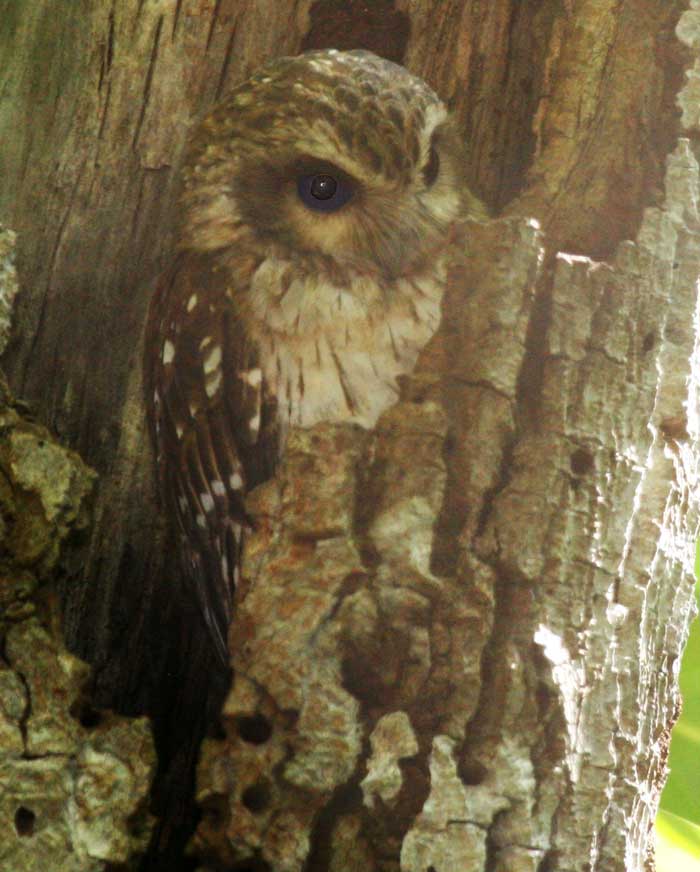
Margarobyas lawrencii (*)
Superregnum: Eukaryota
Cladus: Unikonta
Cladus: Opisthokonta
Cladus: Holozoa
Regnum: Animalia
Subregnum: Eumetazoa
Cladus: Bilateria
Cladus: Nephrozoa
Superphylum: Deuterostomia
Phylum: Chordata
Subphylum: Vertebrata
Infraphylum: Gnathostomata
Megaclassis: Osteichthyes
Cladus: Sarcopterygii
Cladus: Rhipidistia
Cladus: Tetrapodomorpha
Cladus: Eotetrapodiformes
Cladus: Elpistostegalia
Superclassis: Tetrapoda
Cladus: Reptiliomorpha
Cladus: Amniota
Classis: Reptilia
Cladus: Eureptilia
Cladus: Romeriida
Subclassis: Diapsida
Cladus: Sauria
Infraclassis: Archosauromorpha
Cladus: Crurotarsi
Divisio: Archosauria
Cladus: Avemetatarsalia
Cladus: Ornithodira
Subtaxon: Dinosauromorpha
Cladus: Dinosauriformes
Cladus: Dracohors
Cladus: Dinosauria
Cladus: Saurischia
Cladus: Eusaurischia
Subordo: Theropoda
Cladus: Neotheropoda
Cladus: Averostra
Cladus: Tetanurae
Cladus: Avetheropoda
Cladus: Coelurosauria
Cladus: Tyrannoraptora
Cladus: Maniraptoromorpha
Cladus: Maniraptoriformes
Cladus: Maniraptora
Cladus: Pennaraptora
Cladus: Paraves
Cladus: Eumaniraptora
Cladus: Avialae
Infraclassis: Aves
Cladus: Avebrevicauda
Cladus: Pygostylia
Cladus: Ornithothoraces
Cladus: Ornithuromorpha
Cladus: Carinatae
Parvclassis: Neornithes
Cohors: Neognathae
Cladus: Neoaves
Ordo: Strigiformes
Familia: Strigidae
Subfamilia: Striginae
Genus: Margarobyas
Species: Margarobyas lawrencii
Name
Margarobyas lawrencii (P.L. Sclater & Salvin, 1868)
Synonyms
Gymnoglaux lawrencii (protonym; nom. inval.)
Gymnasio lawrencei exsul Bangs, 1913
Gymnoglaux lawrencii exsul
Margarobyas lawrencii exsul
References
Primary references
Proceedings of the Zoological Society of London 1868: p. 327 BHL.
Additional references
Olson, S. L. & Suárez, W. 2008. A new generic name for the Cuban Bare-legged Owl Gymnoglaux lawrencii Sclater and Salvin. Zootaxa 1960: 67–68. PDF. Reference page.
Vernacular names
català: Xot de Cuba
čeština: Výreček kubánský
English: Bare-legged Owl
español: Sijú cotunto
فارسی: جغد پابرهنه
suomi: Kuubanpöllönen
français: Petit-duc de Cuba
עברית: ינשוף חשוף-רגל
Nederlands: Cubaanse schreeuwuil
norsk: Gulbeinugle
svenska: Kubauggla
Tiếng Việt: Cú mèo Cuba
The bare-legged owl (Margarobyas lawrencii), also called the Cuban bare-legged owl or Cuban screech owl, is a species of owl in the family Strigidae that is endemic to Cuba and Isla de la Juventud. It belongs to the monotypic genus Margarobyas.
Taxonomy and etymology
The bare-legged owl was described in 1800 and for a time, it was considered the same species as the Puerto Rican owl. However, it was later determined to be its own species by George Newbold Lawrence in 1868. It has variously been placed in the genera "Noctua", Gymnoglaux, and Gymnasio. The American Ornithological Society moved it to the genus Otus in 1998. However, in 2003, they moved the bird back to the genus Gymnoglaux based on physical and vocal differences between the bare-legged owl and typical screech-owls. Finally, in 2008, the genus Margarobyas was proposed, as it was found that Gymnoglaux was a junior synonym of Gymnasio.
There is one possible subspecies: M. l. exsul, found in western Cuba and the Isla de Juventud. It is supposedly differentiated by a darker brown color and more spots, although this subspecies is not generally recognized.
Margarobyas comes from the Greek margarites, a pearl, and byas, an owl. This name was given as a reference to Cuba's status as the "Pearl of the Antilles." The species name, lawrencii, is in honor of George Lawrence.[4]
Description
The bare-legged owl is relatively small, measuring 20–23 cm (8–9 in) long, and weighing about 80 g (2.8 oz). Its name comes from its featherless green-yellow legs, similar to those of the burrowing owl. [5] These owls have dark brown eyes, no ear tufts, a cream-colored facial disk, and brown rictal bristles. The upperparts of these birds are largely brown to slightly rufous in colour. Their wing feathers have white barring, and there are white spots on their shoulder and scapular feathers. The underparts are gray- to yellow-white, with some brown streaking and occasionally even cross-barring on the sides and breast.
Juvenile bare-legged owls have similar plumage colors to adults, but have fewer white spots.[4]
Biology
The natural habitats of the bare-legged owl are dry forests, lowland moist forests, and heavily degraded former forest. It particularly prefers stands of palm trees. Most of its foraging is done on the ground, and it is strictly nocturnal.[4] The bare-legged owl eats primarily insects and other arthropods. It will less frequently eat frogs, snakes, and occasionally small birds.[5]
These birds are secondary cavity nesters, requiring either woodpecker holes (particularly in palm trees) or natural openings in trees or rock crevices. Not much is known of their breeding ecology, but breeding season is January to June. The average clutch size is two eggs, which are incubated by the female owl.[4]
References
BirdLife International (2016). "Margarobyas lawrencii". IUCN Red List of Threatened Species. 2016: e.T22688883A93210507. doi:10.2305/IUCN.UK.2016-3.RLTS.T22688883A93210507.en. Retrieved 16 November 2021.
"Appendices | CITES". cites.org. Retrieved 2022-01-14.
Zelenkov NV, González SF (2021). "A new extinct species of Margarobyas (Strigiformes) and the evolutionary history of the endemic Cuban bare-legged owl (M. lawrencii)". Journal of Vertebrate Paleontology. doi:10.1080/02724634.2021.1995869. S2CID 245138345.
Weidensaul, Scott (2015). Peterson Reference Guide to Owls of North America and the Caribbean. Houghton Mifflin Harcourt. p. 99-101.
Mikkola, Heimo (2014). Owls of the World: A Photographic Guide. Firefly Books Ltd. p. 252.
"Zipcodezoo.com". July 21, 2008. Archived from the original on 2012-03-14. Retrieved 2008-07-30.
Retrieved from "http://en.wikipedia.org/"
All text is available under the terms of the GNU Free Documentation License

